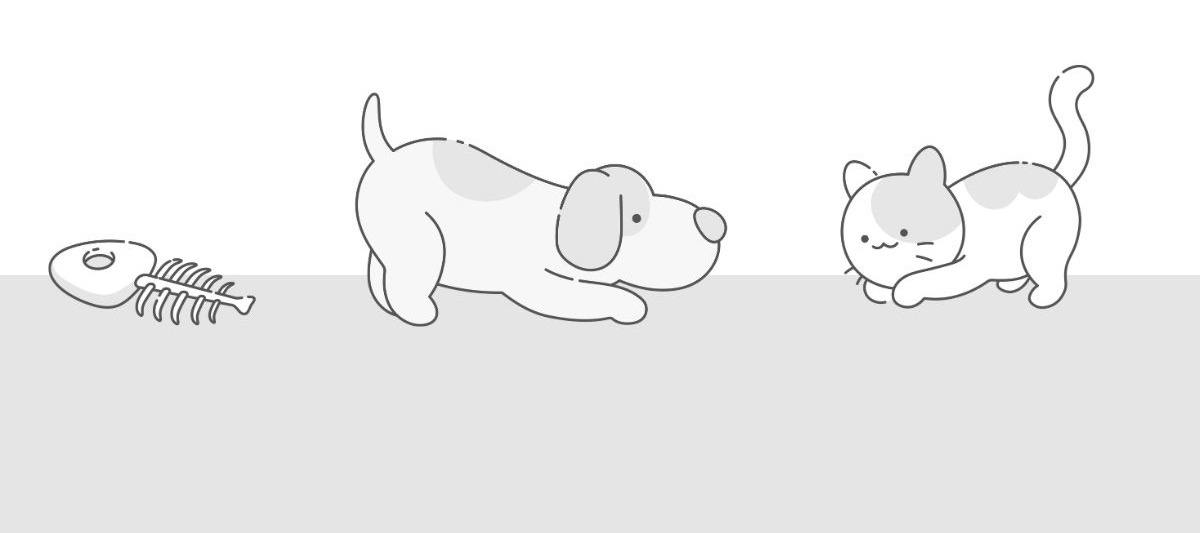One of the questions I hear a lot as a writing coach is, “Is my story idea good enough?”
It often pops up either at the beginning phase or halfway through the story, when the plot begins to sag.
I love this question. No matter when you ask it, it’s a great opportunity to make sure your story idea is solid and packed full of conflict, direction, and progress.
What Makes a Story Idea Good?
Story ideas come in a huge variety of shapes, colors, and sizes.
But many of these ideas are only fragments: a glimpse of world-building, a vignette of a character, a specific plot twist.
The true magic begins when you have three key ingredients in place:
1. A hero who feels strongly about a goal
2. An opposing force equally determined to stop the hero
3. High stakes in the clash between the hero and the opposition
Let’s break them down.
1. A Motivated Hero
If your story feels stuck, eight times out of ten, it’s because your main character lacks motivation.
It’s your hero’s job to drive the story forward. The story happens because your hero is willing to move mountains to obtain their goal. The story is about your hero trying to move mountains.
There are two ways to come up with a strongly motivated hero:
1. Crafting an interesting character and figuring out their goal
2. Crafting an interesting goal and figuring out the suitable character for it
When you begin with a character, find a goal that resonates with their background story, their values, and their beliefs. Good goals have a good cause. Great goals also have a surprising twist.
For example: If your character is a wistful poet who values family above all, you could give them a brother who enlists and dies in a war, and have them join the army to carry on his mission.
When you begin with a goal, think who could be the person most likely to succeed at it—and then create a character that is decidedly different. The bigger the gap, the richer the story. (Just keep it realistic, unless you’re not looking for realism.)
For example: If you want someone to unite widespread clans and lead them to victory in a war, consider choosing a character who is practically aloof and doesn’t know how to work with others, never mind lead them. (Yes, Katniss, I’m looking at you.)
2. A Serious Pickle
Next, you’ll need opposition to put your hero in a serious pickle (i.e. in trouble).
There are four types of opposing forces:
1. Inner demons—Your hero’s own flaws, feelings, beliefs, or limitations.
Example: A young mother wants to do a cross-state track on her own but first must overcome her fear for her safety.
2. Other people—Characters whose goals conflict directly with the hero’s.
Example: A husband who wants her to stay at work or home with the kids.
3. Conventions, traditions, or laws—Often represented by individuals who uphold these values.
Example: A priest who tells her it’s too risky and inappropriate for a woman to travel alone.
4. Forces of nature—While they’re not “set against” your hero per se, they can still represent formidable obstacles.
Example: Harsh weather on her track tests her resolve to the maximum.
If you recognize these as the four types of conflict, cheers!
Try combining different types of opposing forces. Don’t be afraid to pile the pressure onto your hero. The more outgunned and outnumbered they are, the more interesting their story becomes.
3. Deadly Stakes
Finally, let’s make the struggle meaningful. What would happen if the hero failed to reach their goal?
I’ll spoil it for you: the stakes are always death.
But not in the sense you’re thinking of.
In fiction, there are four types of death:
1. Physical death—the plain old ending of the hero’s life.
2. Career death—a loss related to work, assets, career, and other achievements.
3. Emotional death—the loss of a meaningful relationship.
4. Spiritual death—the hero’s loss of good values and humaneness.
Mix and match at your leisure.
These are the three ingredients of a solid story idea. When you have these in place, the plot is set up for a natural flow, as the hero and opposing forces clash harder and harder until one final face-off.
But What About Character Arc?
Do all heroes need to change? Spoiler alert: No. But I’ll dive deeper into that in my next post—so stay tuned.
Character Creation on Plotrise
Plotrise is a plotting tool with a character creation process that delves deep into motivations and stakes. Look for it under “External Journey” when adding a new character.
(Tip: Click the “Help & Tips” buttons next to each question for even more guidance.)
Conclusion
Now you have a recipe for powerful story ideas. Remember, almost any idea can be expanded to include these three ingredients. Once they’re in place, your story has all the makings of a delicious read.



